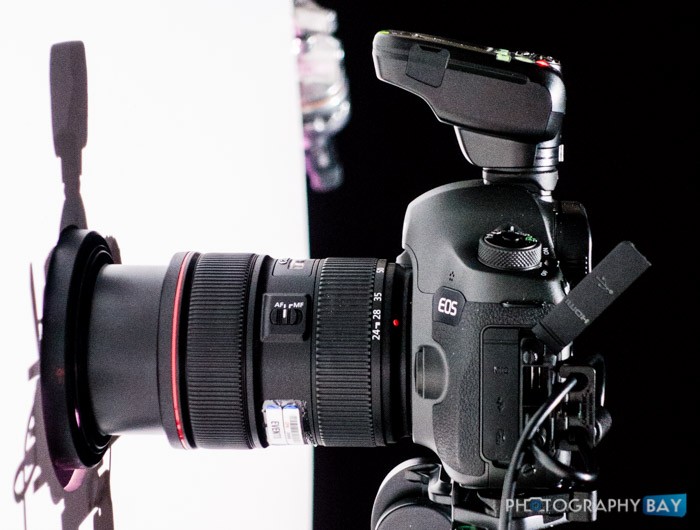
I got a closer look at the 120MP prototype DSLR today at the Canon Expo.
First off, Canon has an actual working prototype that they were shooting live images at the full 120MP resolution on the Expo floor.
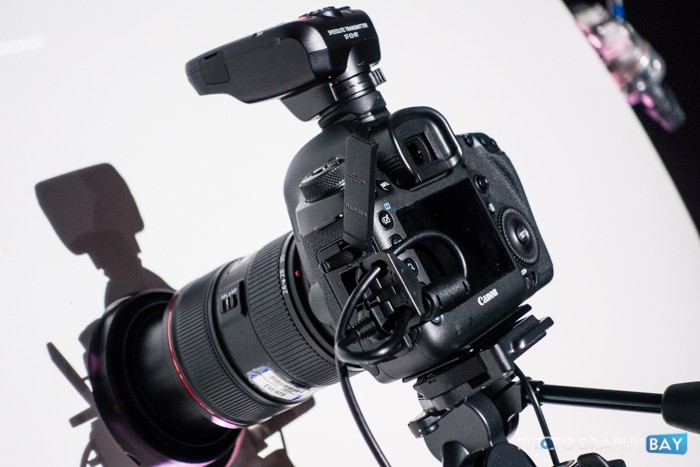
The sensor is a 120MP APS-H format sensor mounted in a Canon 5Ds camera body. Canon uses APS-H sensors for its prototypes because it is the easiest sensor for Canon to make in a one-off situation with prototype models. I don’t know why this is but I can’t remember any high-resolution prototypes that weren’t APS-H format.
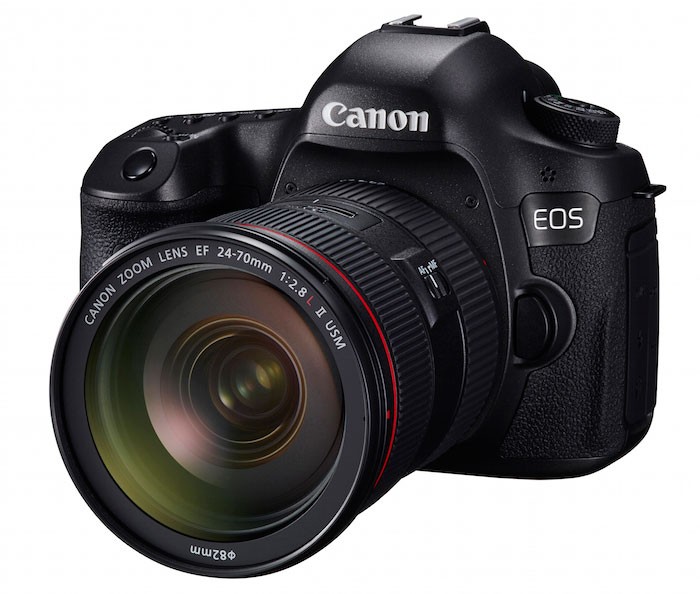
The model out on the floor at the Expo was using the model name EOS Y038 in the EXIF data. I’m sure Canon has an internal naming scheme for keeping track of its prototypes. If anyone understands the structure of the naming scheme, feel free to chime in.
Right now, the sensor only operates at ISO 100. It is producing RAW files around 210MB per image.
Canon has a 4K reference display on which they were viewing and editing the RAW files. The 1:1 view on the 4K monitor is just incredible. These photos don’t do the resolution justice but at least you get a sense of the crop capability.
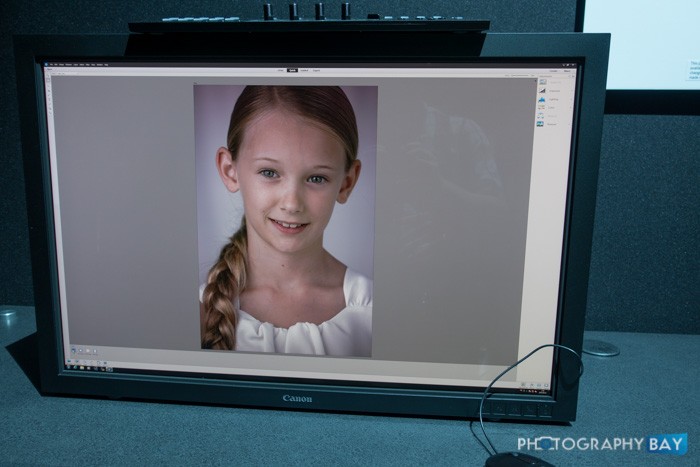
Canon 120MP DSLR Prototype Full Image View
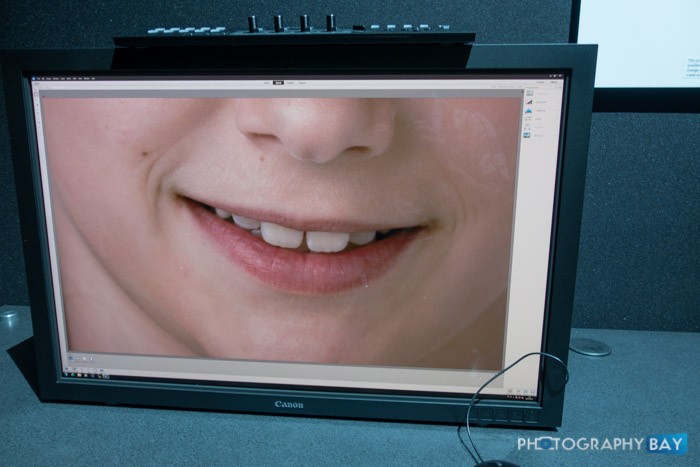
Canon 120MP DSLR Prototype 1:1 Image View
Now, just imagine you’re editing photos on a 1080p display. As these camera resolutions continue to grow, photographers’ need for a 4K or higher resolution display is going to be real.
This remains a technological demo with no time to market being tossed around. For Canon to be shooting with this thing though, it looks like they could bring it to market pretty soon. Given the recent introduction of the Canon 5Ds models, however, I wouldn’t expect to see it for at least a couple of years.


Regarding the camera’s name EOS Y038 – as with the U.S. Air Force the ‘Y’ stands for prototype as in prototYpe. ‘038’ probably means it’s the 38th prototype of a particular series or model of dslr.
Interesting. Thanks for the heads up Owen.
Hi! “Raw” isn’t an acronym – it does not ever need the “a” or “w” capitalized like “RAW.” The only time the “r” should be capitalized if it’s at the beginning of a sentence or in a title. ;)
I think we’re all aware that RAW isn’t an acronym. Capitalizing the word is pretty common practice in the camera industry. If you can get manufacturers on board to standardize the way it is used, I’m happy to follow suit. You can start with Canon, which specifically refers to its RAW images as “Canon RAW” files: http://www.usa.canon.com/cusa/support/consumer/eos_slr_camera_systems/software_applications/canon_raw_codec_software
I’m not going to go into all the reasons why that it makes sense to all-caps the word RAW but I don’t think that’s going to change.
The reason RAW is written with capitals probably has to do with DOS file extensions always being written with capitals. we call things JPG and TIF and TXT files too, even is TXT is not an acronym (neither is BMP).
210 MB files? 120 MP? Price….. an arm and a leg
Ok, it’s a performance but i wouldn’t bet on this in the future, considering that the best improvements should be removing the miror systems, go higher in sensitivity and speed, improve the dynamic range and find a way to make smaller and lighter cameras … The resolution improvements are great but for those who professionally need such a resolution, and we should now that with such a reso most of our optics and standard lenses would not give even fair results ! So, congrats for the performance but for a few applications !!!
So few need that resolution. I suppose there are always those who will put a more sophisticated machine to good use but it seems unnecessary for the vast majority of professionals, semi-pros and consumers. The trend has been and seems to continue to be highest resolution possible regardless of cost and always combining video with the higher photo resolution. When did video become a requirement in a still camera?
I can appreciate the potential for those who want it all but what about offering an ongoing line of digital picture taking cameras without video? Video should be an option not a requirement. I rarely use video and don’t care for it. I would prefer to enjoy a great picture taking digital camera in an affordable price range rather than be forced to pay for sophisticated video I don’t need.
The race for the next best camera with the highest resolution and best video is simply not an urgency anymore. It would be refreshing to see an improvement on digital bodies and at the same time be given the option of video or not. Imagine the money that could be saved for still shooters who weren’t forced to pay for video they don’t need or use?
Jim